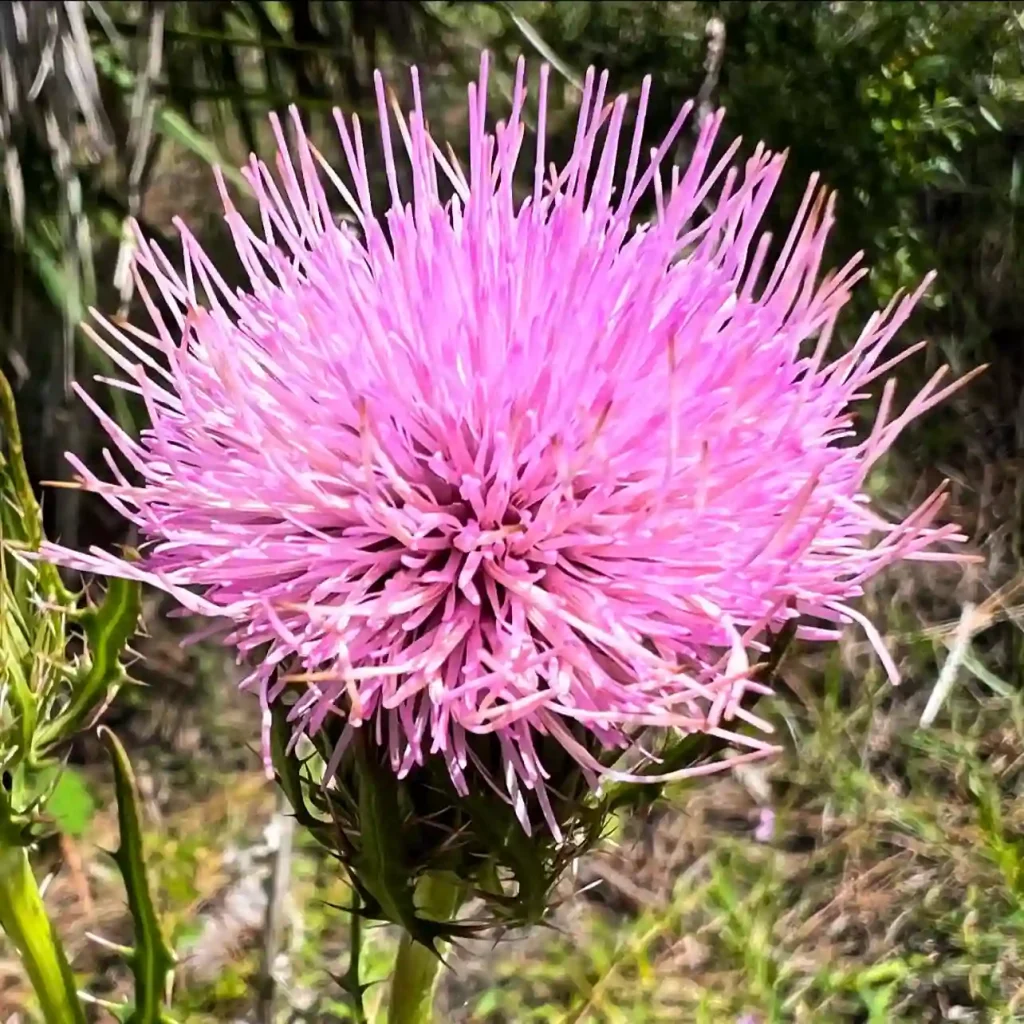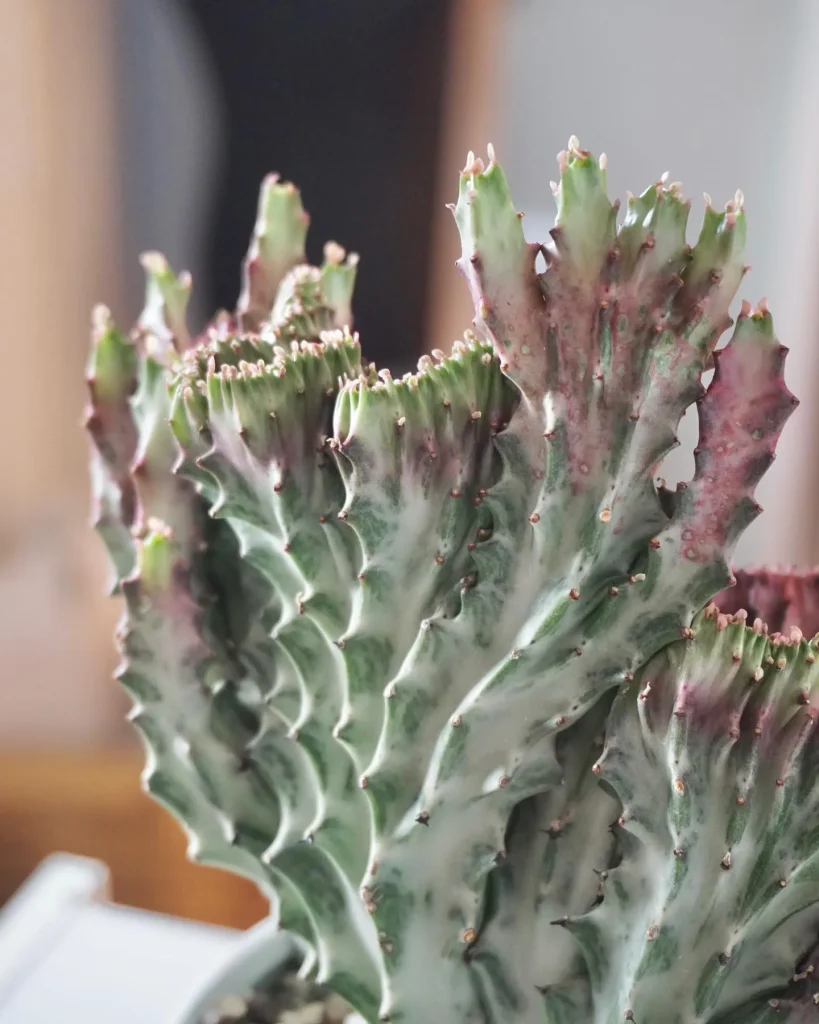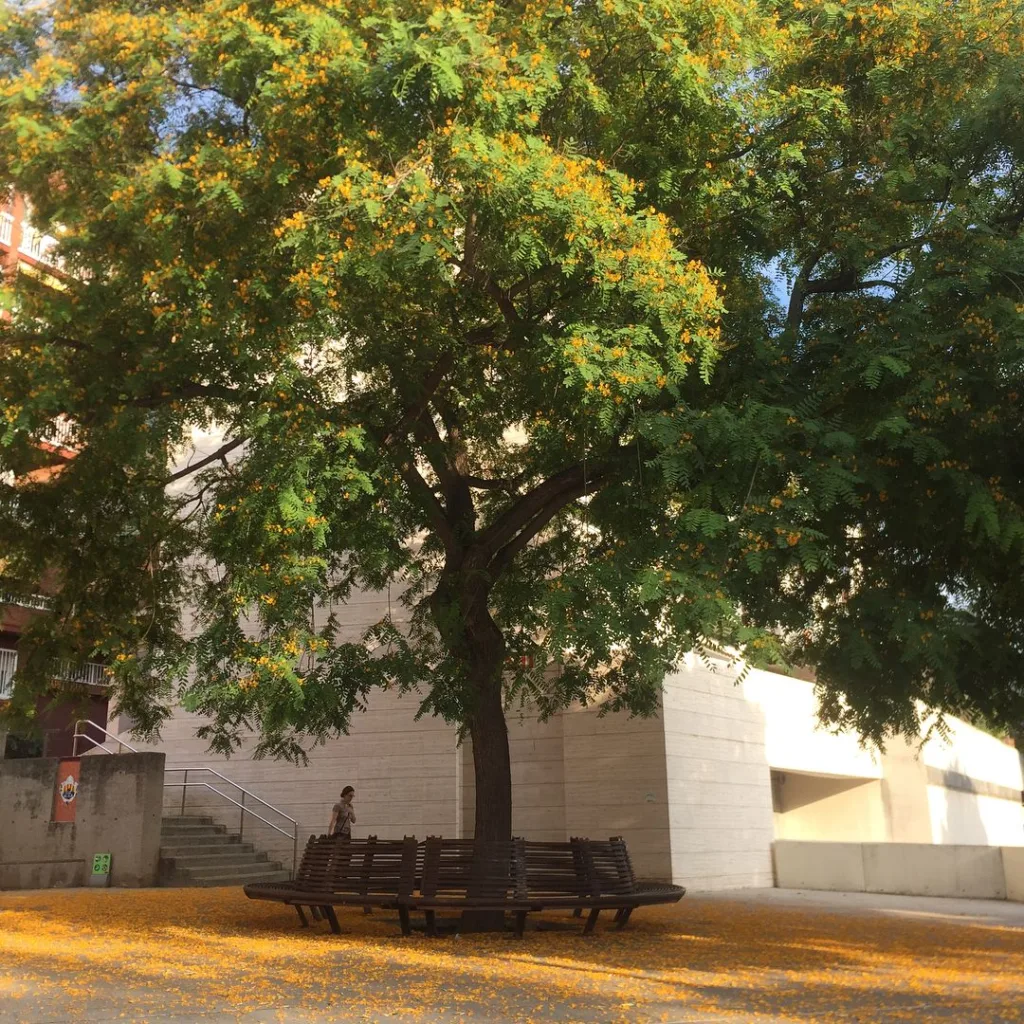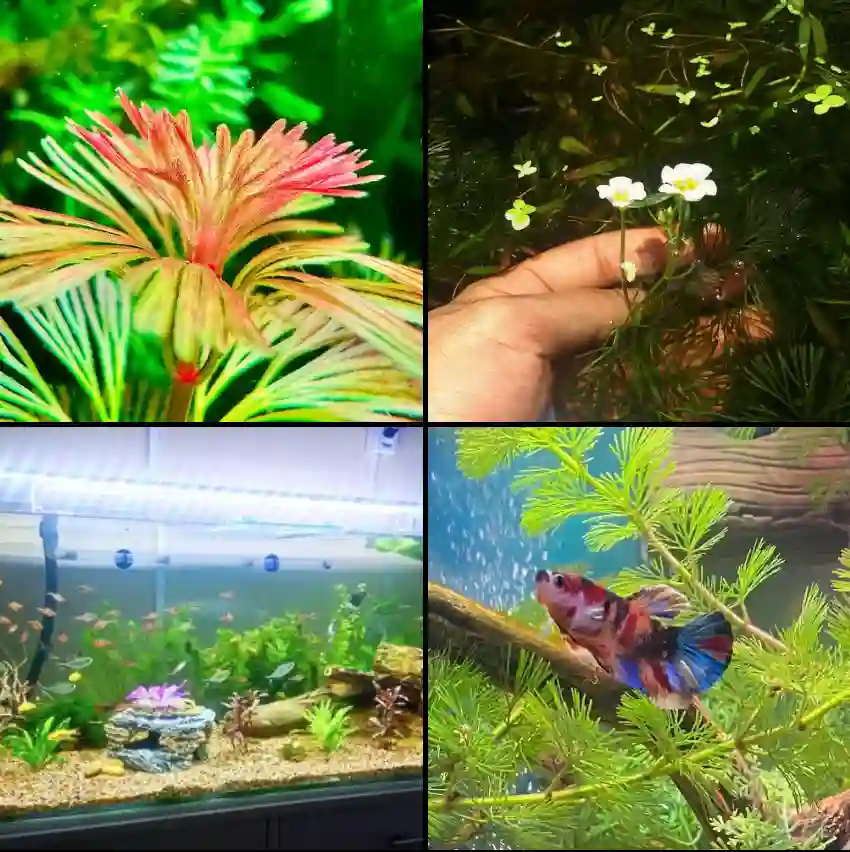Exploring the Neuradaceae Family: A Journey with Grielum, Neurada, and Neuradopsis
As a plant enthusiast, my fascination with diverse plant families often leads me down unexpected paths. Recently, I delved into the Neuradaceae family, a lesser-known group that includes the genera Grielum, Neurada, and Neuradopsis. Each of these genera brings something unique to the table, and I’m excited to share my insights and experiences with them.
The Neuradaceae Family: An Overview
The Neuradaceae family primarily consists of herbaceous plants, often characterized by their distinctive foliage and unique growth habits. Originating from arid and semi-arid regions, these plants have adapted remarkably well to their environments. This adaptability is one reason why they’ve captured my attention. Understanding how these plants thrive under challenging conditions opens up a world of possibilities for garden design, especially in drought-prone areas.
Grielum: A Unique Addition to the Garden
Grielum is the first genus I want to discuss. Known for its striking appearance, Grielum species typically feature vibrant leaves and flowers. One of the species I encountered is Grielum dregei, which stands out with its stunning yellow flowers and unique leaf structure.
In my garden, I decided to incorporate Grielum dregei into a sunny corner, hoping it would thrive in the full sunlight. To my delight, it flourished, providing a splash of color that drew the attention of both pollinators and passersby. I’ve found that Grielum requires well-draining soil and moderate watering, making it a manageable yet eye-catching addition.
What I appreciate most about Grielum is its resilience. Even during hot summer days, this plant continues to thrive, reminding me of the beauty of low-maintenance gardening. It’s a perfect choice for anyone looking to add color without a significant time commitment.
Neurada: The Versatile Performer
Moving on to the Neurada genus, I’ve had the pleasure of growing Neurada procumbens, commonly known as the trailing neurada. This species is unique due to its sprawling growth habit, making it an excellent choice for ground cover. I planted it in a rocky area of my yard, and it quickly filled in, providing a lush green carpet.
Neurada procumbens has small, attractive flowers that bloom intermittently throughout the year. The light pink hue adds a delicate touch to my landscape. What I particularly enjoy about this plant is its versatility; it thrives in both full sun and partial shade. I’ve experimented with different placements, and it has performed well regardless of the conditions.
Furthermore, Neurada’s ability to withstand drought has made it a reliable choice for my xeriscape garden. I’ve observed that it can tolerate dry spells, which is crucial for sustainable gardening practices. This adaptability is vital for gardeners like me, who aim to create resilient landscapes that require minimal water.
Neuradopsis: The Hidden Gem
Lastly, I want to highlight Neuradopsis, a genus that often flies under the radar. Neuradopsis reticulata caught my attention with its intricate leaf patterns and striking flower clusters. This plant’s unique morphology has made it a conversation starter in my garden.
Neuradopsis thrives in well-drained soil and can adapt to various light conditions, though I’ve found that it prefers partial shade. I’ve planted it alongside ferns and other shade-loving plants, creating a micro-ecosystem that flourishes together. The contrasting textures of Neuradopsis and its companions provide a dynamic visual appeal.
One of the most intriguing aspects of Neuradopsis is its reproductive strategy. The flowers attract various pollinators, which I’ve enjoyed observing. The busy bees and butterflies bring life to my garden, enhancing the overall ecosystem. It’s fascinating how this small plant plays a role in supporting local biodiversity.
Cultivating the Neuradaceae Family
Incorporating Grielum, Neurada, and Neuradopsis into my garden has been a rewarding experience. Each genus brings its unique charm and adaptability, making them worthy candidates for any garden enthusiast looking to diversify their plant collection.
I’ve learned that the key to successfully growing these plants lies in understanding their environmental needs. Proper soil drainage, light conditions, and watering practices are essential for their growth. By providing these elements, I’ve been able to create a thriving space where these genera can flourish.
Conclusion: Embracing the Neuradaceae Family
My journey with the Neuradaceae family has been enlightening. Exploring the characteristics of Grielum, Neurada, and Neuradopsis has not only enhanced my gardening skills but also deepened my appreciation for the diversity of plant life. Each plant has its story, and they collectively contribute to a sustainable and beautiful garden.
As I continue to nurture these plants, I encourage fellow gardeners to consider incorporating members of the Neuradaceae family into their landscapes. Their resilience and adaptability make them excellent choices for both novice and experienced gardeners alike. Embrace the beauty of Grielum, Neurada, and Neuradopsis, and let them inspire your gardening journey!
If i die, water my plants!



